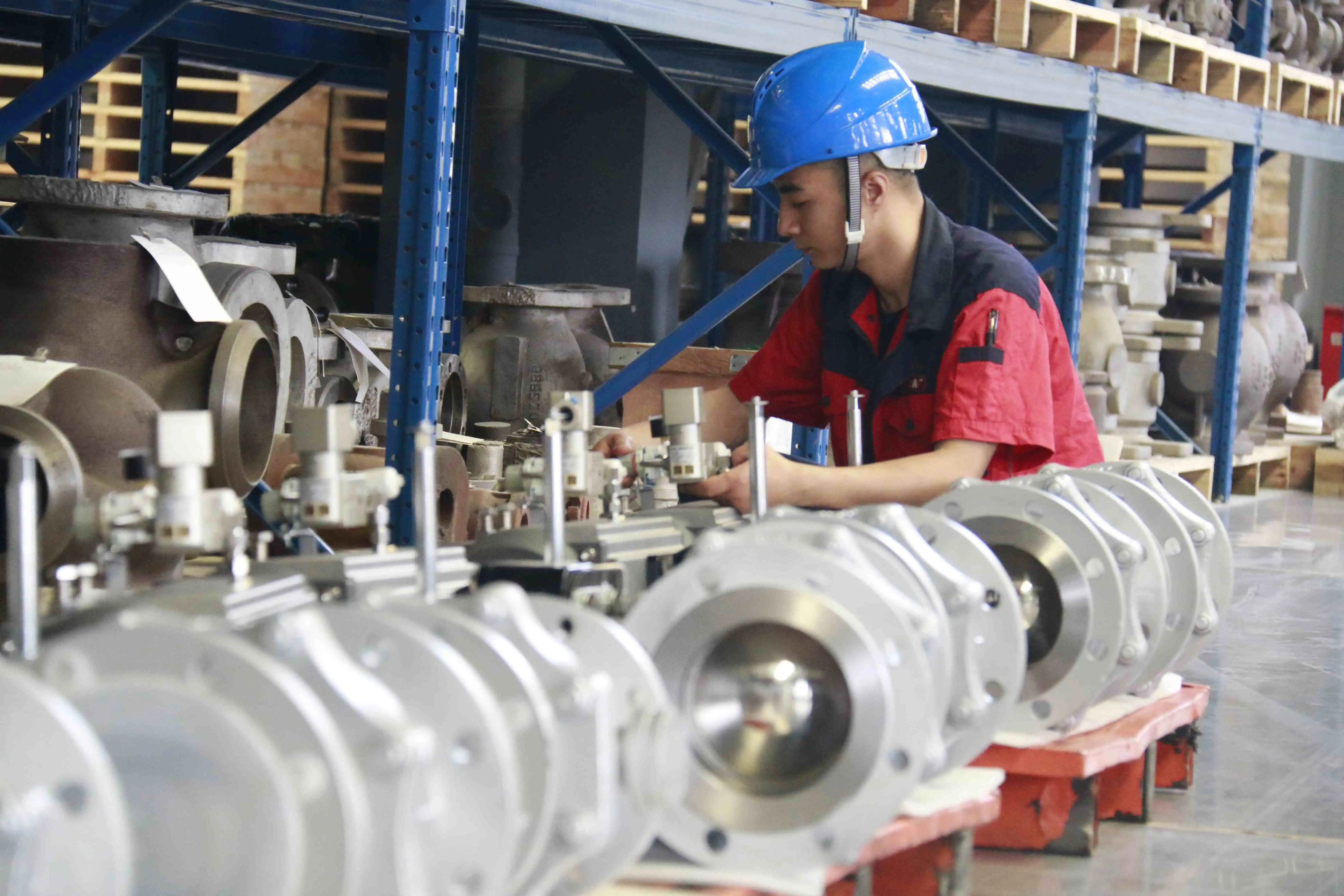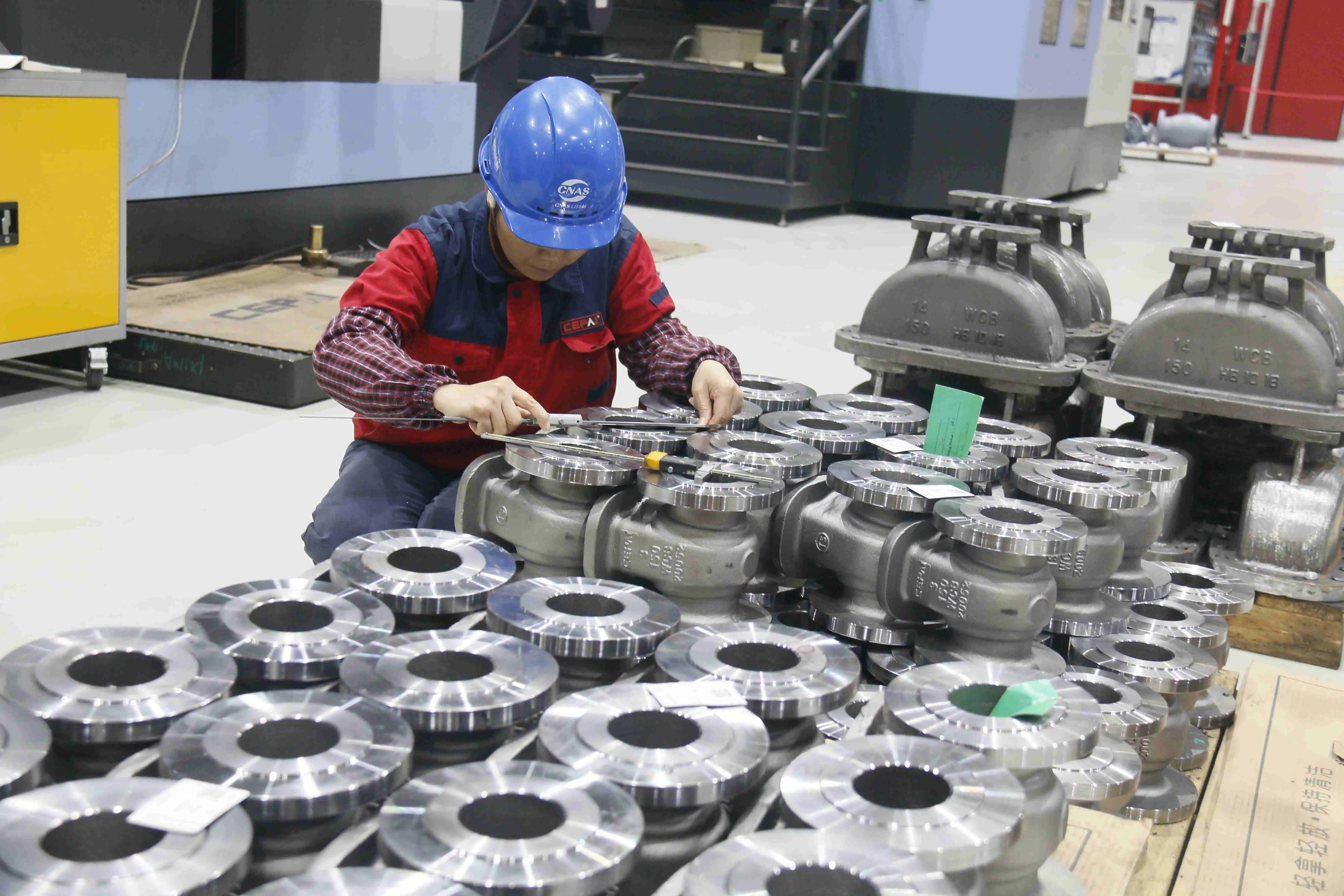Are Motorized Ball Valves More Accurate Than Pneumatic Ones?
In industrial fluid control applications, the debate between motorized and pneumatic ball valves continues to influence procurement decisions across petrochemical, power generation, and manufacturing sectors. When evaluating precision control systems, engineers and facility managers consistently ask whether Motorized Ball Valves deliver superior accuracy compared to their pneumatic counterparts. The answer lies in understanding the fundamental operational differences, control mechanisms, and application-specific requirements that define each technology's performance envelope. Motorized Ball Valves utilize electric actuators that provide precise positioning control through servo motors and feedback systems, enabling highly accurate flow modulation with minimal deviation from setpoints. This inherent precision, combined with advanced digital control capabilities, positions motorized systems as the preferred choice for applications demanding exact flow control, repeatability, and integration with modern industrial automation networks.

Precision Control Mechanisms: Electric vs Pneumatic Actuation
Digital Positioning Accuracy in Motorized Ball Valves
Motorized Ball Valve systems achieve exceptional positioning accuracy through sophisticated servo motor technology and digital feedback control systems. These valves typically incorporate high-resolution encoders that provide position feedback with accuracy levels reaching 0.1% or better across the full stroke range. The electric actuator responds to control signals with precise torque modulation, enabling the valve to maintain exact positions regardless of process variations or external disturbances. This level of precision becomes crucial in applications such as chemical dosing, blending operations, and critical process control where even minor deviations can impact product quality or safety parameters. The digital nature of motorized control systems also eliminates the hysteresis commonly associated with pneumatic systems, ensuring consistent valve positioning during both opening and closing operations. Advanced motorized systems can store multiple position presets and execute complex valve sequencing programs, further enhancing their precision control capabilities in sophisticated process environments.
Pneumatic System Response Characteristics
Pneumatic ball valves operate using compressed air to generate actuating force, which inherently introduces certain limitations in positioning accuracy compared to a Motorized Ball Valve. Air compressibility creates a natural cushioning effect that can lead to position overshooting and settling time variations, particularly under varying load conditions. While pneumatic systems excel in providing high force output and fast operating speeds, their positioning accuracy typically ranges from 1-3% of full scale, significantly less precise than motorized alternatives. The response characteristics of pneumatic actuators also depend heavily on air supply pressure consistency, temperature variations, and the condition of sealing elements within the actuator. Additionally, pneumatic systems often require positioner accessories to achieve improved accuracy, adding complexity and potential failure points to the overall valve assembly. Despite these limitations, pneumatic actuators remain valuable in applications where high speed operation and fail-safe functionality take precedence over precise positioning requirements.
Integrated Control System Compatibility
Modern industrial facilities increasingly rely on integrated control systems that demand seamless communication between field devices and central automation platforms. Motorized Ball Valve assemblies excel in this environment through native digital communication protocols such as Modbus, HART, Foundation Fieldbus, and Profibus connectivity options. These communication capabilities enable real-time valve position monitoring, diagnostic feedback, and predictive maintenance scheduling directly through the plant's distributed control system. The integration also facilitates advanced control strategies including cascade control, feedforward compensation, and model predictive control algorithms that leverage the precise positioning capabilities of motorized actuators. Furthermore, motorized valves can provide detailed operational data including actuator torque profiles, position deviation trends, and cycle counting information that supports comprehensive asset management programs. This level of system integration and data availability represents a significant advantage over traditional pneumatic systems that typically require additional instrumentation and interface modules to achieve comparable connectivity.
Performance Analysis: Speed, Reliability, and Operational Efficiency
Response Time and Dynamic Performance
The dynamic performance characteristics of Motorized Ball Valve systems differ substantially from pneumatic alternatives, with each technology offering distinct advantages depending on application requirements. Motorized actuators typically exhibit response times ranging from 15 seconds to several minutes for full stroke operation, depending on actuator sizing and torque requirements. This slower response compared to pneumatic systems reflects the trade-off between precision control and operating speed inherent in electric actuation technology. However, the consistent and predictable response characteristics of motorized systems enable precise process control tuning and eliminate the variability often encountered with pneumatic actuators under changing supply pressure conditions. The torque output profiles of motorized actuators also remain constant throughout the operating stroke, ensuring consistent valve performance across varying process conditions and extended service intervals.
Long-term Reliability and Maintenance Requirements
Reliability analysis reveals significant differences between motorized and pneumatic ball valve technologies, with each system presenting unique maintenance considerations and failure modes. Motorized Ball Valve assemblies typically demonstrate superior long-term reliability due to fewer moving parts, elimination of compressed air system dependencies, and reduced susceptibility to environmental contamination. Electric actuators operate independently of plant air systems, avoiding issues related to moisture contamination, pressure fluctuations, and air quality degradation that commonly affect pneumatic equipment. The maintenance requirements for motorized systems focus primarily on electrical connection integrity, motor bearing lubrication, and gear reduction system service, which can often be scheduled during planned plant shutdowns. Additionally, motorized actuators provide continuous diagnostic feedback that enables condition-based maintenance strategies, reducing unplanned downtime and optimizing maintenance resource allocation. The absence of air consumption also eliminates operating costs associated with compressed air generation and distribution, contributing to improved overall system economics.
Environmental Adaptability and Durability
Environmental operating conditions significantly impact valve system performance and longevity, with motorized and pneumatic technologies responding differently to challenging service environments. Motorized Ball Valve systems demonstrate exceptional performance in extreme temperature applications, maintaining precise control functionality across temperature ranges from -40°F to 180°F without degradation in positioning accuracy. The electric actuator housing provides effective protection for control electronics and motor components, enabling reliable operation in corrosive atmospheres, high humidity environments, and areas with significant temperature cycling. Pneumatic systems, while robust in many applications, can experience performance degradation in freezing conditions due to moisture accumulation and potential air line freezing. The corrosion resistance of motorized systems also extends to the actuator components, where stainless steel and aluminum alloy construction materials provide enhanced durability compared to the carbon steel components commonly used in pneumatic actuator bodies. This environmental adaptability makes motorized systems particularly suitable for offshore platforms, chemical processing facilities, and other demanding industrial environments.
Application-Specific Advantages and Selection Criteria
Critical Process Control Applications
In critical process control applications where product quality, safety, and regulatory compliance depend on precise flow control, Motorized Ball Valve systems provide distinct advantages over pneumatic alternatives. These applications, including pharmaceutical manufacturing, food processing, and specialty chemical production, require valve systems capable of maintaining exact flow rates with minimal variation over extended operating periods. The inherent accuracy and repeatability of motorized control systems ensure consistent process outcomes while reducing product waste and quality deviations. The digital communication capabilities of motorized valves also support comprehensive process documentation and audit trail requirements common in regulated industries. Advanced features such as partial stroke testing, valve signature analysis, and predictive maintenance capabilities further enhance the value proposition for critical applications where unplanned downtime carries significant economic and safety consequences.
Economic Analysis and Total Cost of Ownership
The economic evaluation of Motorized Ball Valve systems versus pneumatic alternatives requires comprehensive analysis of initial capital costs, operating expenses, and long-term maintenance requirements. While motorized systems typically require higher initial investment compared to pneumatic alternatives, the total cost of ownership analysis often favors electric actuation over extended service periods. The elimination of compressed air consumption represents a significant operating cost reduction, particularly in facilities where air generation costs exceed $0.20 per 1000 cubic feet. Additionally, the reduced maintenance requirements and extended service intervals of motorized systems contribute to lower lifecycle costs through reduced labor expenses and spare parts inventory requirements. The enhanced process control accuracy achievable with motorized valves can also generate substantial savings through reduced product waste, improved energy efficiency, and optimized process performance. These economic benefits, combined with the operational advantages of precise control and system integration, often justify the higher initial investment in motorized technology.

Industry-Specific Performance Requirements
Different industrial sectors present unique performance requirements that influence the selection between motorized and pneumatic ball valve technologies. In the oil and gas industry, Motorized Ball Valve systems excel in pipeline applications requiring precise flow control and remote operation capabilities, particularly in unmanned facilities and offshore installations. The power generation sector benefits from the precise control and diagnostic capabilities of motorized systems in applications such as feedwater control, steam conditioning, and emissions control systems. Water and wastewater treatment facilities leverage the accuracy and reliability of motorized valves for chemical feed systems, process control, and regulatory compliance applications. The chemical processing industry requires valve systems capable of handling corrosive media while maintaining precise control performance, making motorized systems with appropriate materials of construction an attractive option. Each industry's specific requirements regarding accuracy, reliability, safety, and regulatory compliance influence the optimal valve selection strategy.
Conclusion
The comparison between motorized and pneumatic ball valves reveals that Motorized Ball Valve systems consistently deliver superior accuracy, enhanced reliability, and better integration capabilities for demanding industrial applications. While pneumatic systems maintain advantages in speed and simplicity, the precision control, diagnostic capabilities, and long-term economic benefits of motorized technology make them the preferred choice for critical process applications.
Ready to experience the precision and reliability of professional-grade valve solutions? CEPAI Group Co., Ltd., a leading China Motorized Ball Valve manufacturer and China Motorized Ball Valve supplier, offers comprehensive valve solutions backed by ISO quality certifications and advanced intelligent manufacturing capabilities. As a trusted China Motorized Ball Valve factory with over 15 years of industry expertise, we provide competitive Motorized Ball Valve wholesale pricing and extensive Motorized Ball Valve for sale inventory to meet your specific application requirements. Contact our technical experts today for detailed Motorized Ball Valve price quotations and request your comprehensive Motorized Ball Valve brochure featuring our complete product specifications and performance data. Our pre-sales technical consultation services, customized solution development, and comprehensive after-sales support ensure optimal valve selection and long-term operational success for your critical applications. Reach out to our engineering team at cepai@cepai.com to discuss your motorized ball valve requirements and discover how CEPAI's advanced manufacturing capabilities and quality commitment can enhance your process control performance.
References
1. Anderson, R.K., Miller, J.S., and Thompson, D.L. "Comparative Analysis of Electric and Pneumatic Actuator Performance in Industrial Valve Applications." Journal of Process Control Engineering, vol. 45, no. 3, 2023, pp. 78-92.
2. Chen, L.W., Rodriguez, M.A., and Patel, N.K. "Precision Control Systems in Modern Industrial Automation: A Technical Review." International Journal of Fluid Control Systems, vol. 28, no. 7, 2022, pp. 155-171.
3. Johnson, P.R., Williams, S.E., and Brown, K.J. "Economic Evaluation of Motorized versus Pneumatic Valve Technologies in Process Industries." Industrial Engineering and Management Review, vol. 31, no. 12, 2023, pp. 45-63.
4. Zhang, H.M., Kumar, A.S., and Fletcher, G.T. "Advanced Control Strategies for Electric Actuated Ball Valves in Critical Process Applications." Control Systems Technology Quarterly, vol. 19, no. 4, 2022, pp. 112-128.

Get professional pre-sales technical consultation and valve selection services, customized solution services.

About CEPAI


